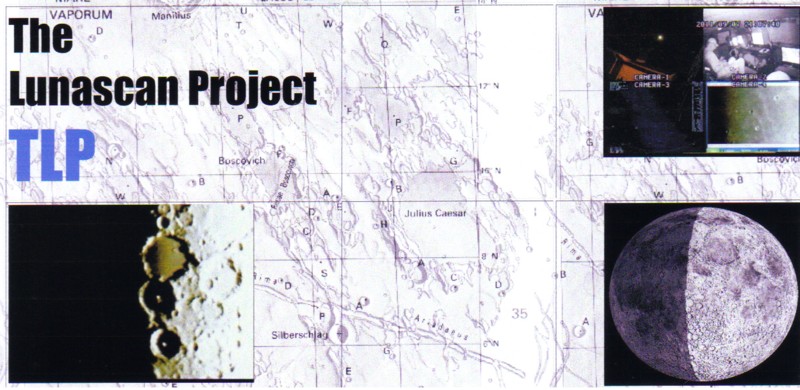57.9_S_136.8_E
Planck is Ridge Section 158 and named after the huge, 314
km-wide, lunar crater that is located in the southern
hemisphere on the lunar Far Side. It lies to the west of the
walled plain Poincare (Ridge Section 159), another enormous
formation only slightly larger than Planck. Both formations
are larger than the walled plain Bailly, the largest crater
on the NEAR side. Lying across the southeast rim of Planck
is the crater Prandtl. Like many lunar formations of this
size, the outer rim has been damaged and eroded by lesser
impacts, leaving a rugged ring of peaks and ridges that is
notched and incised by small craters. The western rim of
this walled plain is neatly overlain by a long lunar valley
designated the Vallis Planck. Despite its name, however,
this valley is actually radial to the walled plain
Schroedinger (Ridge Section 159) to the south. The valley is
about 451 kilometers in length. The most notable feature on
the interior floor of Planck is a multi-crater formation in
the northern half consisting of Planck W, Planck Y, Planck
Z, Planck B, and Planck A. The interior of Planck Y has been
almost completely flooded by lava, leaving only a shallow
perimeter. Likewise Planck Z has been flooded, although its
rim is somewhat more prominent. The interior of Planck B is
partly occupied by a concentric crater, and the floor
contains several clefts. Parts of the remaining floor of
Planck are level and smooth, at least in comparison with the
surrounding terrain. This is particularly so in an arc along
the northern inner wall. The southern half of the crater is
somewhat more irregular, although still forming level plains
in places. There are many small craters across the interior
of Planck, and a few ghost crater remnants. (Credit: Most of
the information used in the section feature descriptions was
obtained from wikipedia.org. Section 158 and this directory
was created by Fran Ridge and Ned Haskin of The Lunascan
Project).
 ...
...
